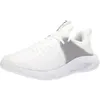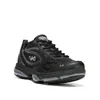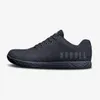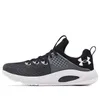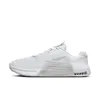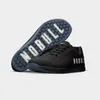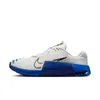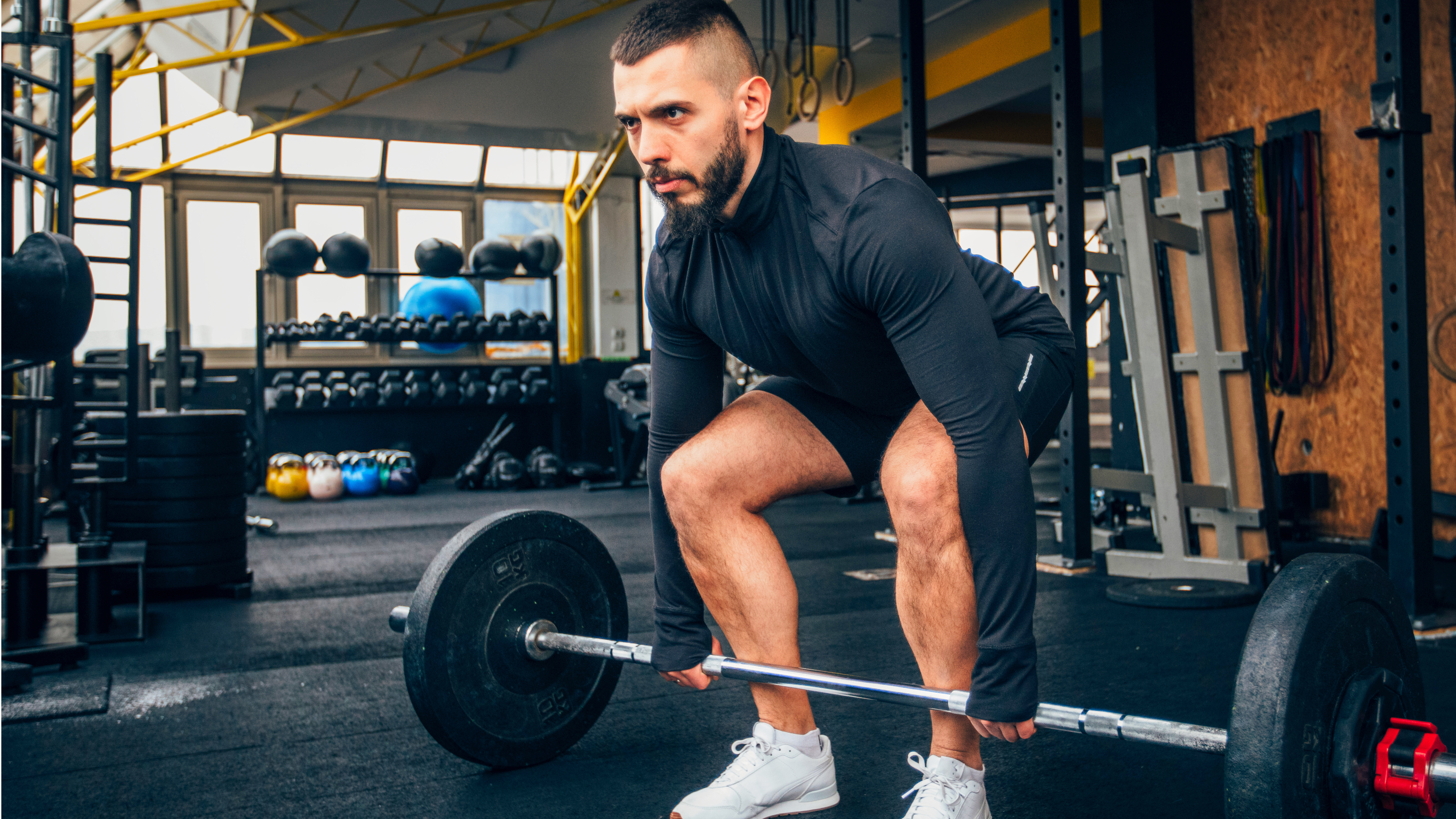
Deadlifts are one of the best compound exercises for strengthening your entire body, developing explosive power, improving your hip and grip health and building functional strength. But the full-body exercise is also technical — and mistakes are common.
If you’re looking to refresh your deadlift technique, here are five things I wish I had known as a deadlift beginner and ones I share now that I teach the exercise. I’ve picked up these tips over the years from training myself and others with different mechanics and varying degrees of flexibility or ability on the bar.
Below, I cover five ways to improve your deadlift, where you could be going wrong if you experience back pain and ways to sharpen things up from the ground up.
Deadlifts: Benefits
Technique, mobility and flexibility needs vary from lift to lift. Here, I’m covering the OG — the conventional barbell deadlift. Considered one of the "big 5" compound lifts, the compound exercise primarily targets the posterior chain muscles, including the back, glutes and hamstrings, plus your quads, hip flexors, arms, shoulders and core muscles, and improves grip and hip health.
You can try many deadlift variations, from trap bar deadlifts to reduce pressure on your lower back to Romanian deadlifts that zone in more on your hamstrings. Plus, you can use all sorts of equipment like dumbbells, kettlebells, or resistance bands, depending on your experience level or what gym equipment you have available.
As the name already suggests, a deadlift requires picking up dead weight from the floor, so your set-up and core engagement are fundamental for this functional lift, especially if you’re lifting very heavy and working toward a one-rep max (the most weight you can lift for one repetition).
You can check out our how to deadlift guide in full detail, including full step-by-step instructions to help put these tips together from start to finish. If your skills still need an uplift, here are five ways to fix things up for the conventional barbell deadlift.
Get instant access to breaking news, the hottest reviews, great deals and helpful tips.
1. Foot positioning
Working from the ground up, let’s start with stance.
You’ll drive up through your feet and legs without depending heavily on your arms, so where you position your feet matters. Although it might take some trial and error for each individual, aim to have your feet positioned directly underneath your hips, which can help prevent the knees from caving inward as you drive upward — they should align with the smooth parts of the barbell in the middle.
Position the widest parts of your feet beneath the bar. If the bar starts too far away from the body, it’ll be harder to track it close as you lift, which can overload the back and force you to overreach.
2. Hip hinge and extension
Hip positioning is crucial for executing your deadlift with proper form. Avoid dropping your hips below the knees like a squat or lifting them too high above your shoulders, which sends your chest downward and puts pressure on your back and shoulders.
Hinge forward at your hips and push the hips back to help create tension in your hamstrings. Bend your knees so that you can grip the bar fully and push your knees away. Lift your chest and keep your neck neutral while looking just ahead (how tall you are can affect exactly where you look). This will help with your hip position.
At the top of the deadlift (the standing position), fully extend your hips and squeeze your glutes without arching your back and sending the hips too far forward — overextension could lead to lower back pain.
I recommend finding a personal trainer to spot you in the gym, to begin with, and then use a mirror when you feel more comfortable on what to look out for. Avoid looking at the mirror during heavy lifts, and stick to checking during warm-ups before loading on the plates.
3. Grip
Many lifters with a strong back and legs become limited by grip strength. A simple piece of advice? Work on it!
Grip the bar just outside your legs using the overhand technique and wrap your thumbs. You could use a mixed grip (one underhand and one overhand) — a popular securing method amongst powerlifters shifting super heavy weights. It’s effective for deadlifting, but there’s a lot of debate in fitness circles about the method causing muscular imbalances and having little transfer to other lifts.
Another option is the hook grip, which means using an overhand grip, thumbs wrapped, then curling your fingers around your thumbs to secure your grip. It’s one of the most secure grips, but it takes getting used to. If you struggle to grip the bar, consider using chalk, lifting straps, or grip gloves and adding forearm strength exercises and grip work to your routine.
Lastly, think about the slack pull; this is executed during setup to help create tension through your arms, midback and the bar before exerting force by pulling slightly against the bar without lifting it away from the ground, removing any slack before lifting.
4. Trunk engagement
The deadlift is a full-body exercise, which means full-body engagement, also known as compound contraction, to ensure your arms or lower back don’t take over.
First, follow the steps above, which should help set up a neutral spine — that means your back is straight without hunching over or excessively sticking your butt out. To help you imagine, avoid creating a C-shape or U-shape through the spine. Pull your shoulders back and down and look ahead. Next, squeeze your lats (the muscles that run down the sides of your back) and brace your stomach.
As a general rule, always inhale during the set-up and exhale as you lift and exert the most force. The Valsalva maneuver can be used during powerlifting and refers to “forced expiration,” like when “blowing up a balloon” or “playing the saxophone.” It can help slow the heart rate, stabilize your trunk, including the spine, and increase intra-abdominal pressure to help protect your back.
To practice during set-up, start by releasing all the air from your body. On your next inhale, allow your stomach to expand and create space, breathing with your diaphragm rather than into your chest. Think about directing the breath 360 degrees. Then, hold your breath, bear down and brace your stomach to create tension. Restrict the throat (known as “closing down the glottis”) and seal your mouth.
Try to exhale without actually releasing any air, again, thinking about blowing up the balloon and bracing. Now, lift the weight as you do this. Pause at the top of the lift, then once you lower the weight, fully exhale and release. It can make you initially feel lightheaded. Avoid the Valsalva maneuver if you have high blood pressure or any contraindications.
One of the best weightlifting belts could also help you practice expansive breathing and holding trunk tension if you feel comfortable wearing one and need some guidance.
5. The lift
Keep the bar close to your body throughout both phases — concentric (in this case, as you lift) and eccentric (as you lower). You should be able to drive the bar up in a straight line; as your bar tracks to knee height, push the hips forward (similar to a thrust) and begin straightening up. The bar should continue traveling without hitting your knees and guide along the thighs toward hip height. Squeeze your glutes as you stand and pause, then you can begin your descent (the eccentric phase).
Here’s where it can all go wrong. As you begin lowering the bar, hinge at the hips and track the bar down close to the thighs with a soft knee bend. Once the bar tracks past the knees, then the knees can bend more as you bring the barbell down to the floor — not before. Your deadlift should be powerful as you lift in one motion upward and controlled as you lower the barbell to the ground.
Now, you’re ready to lift.
More from Tom's Guide
- 9 things I wish I had known as a CrossFit beginner
- 7 things I wish I had known before joining a gym
- Forget push-ups, you just need 1 kettlebell and 15 minutes to build your chest, shoulders and legs

Sam Hopes is a level 3 qualified trainer, a level 2 Reiki practitioner and fitness editor at Tom's Guide. She is also currently undertaking her Yoga For Athletes training course.
Sam has written for various fitness brands and websites over the years and has experience across brands at Future, such as Live Science, Fit&Well, Coach, and T3.
Having coached at fitness studios like F45 and Virgin Active and personal trained, Sam now primarily teaches outdoor bootcamps, bodyweight, calisthenics and kettlebells.
She also coaches mobility and flexibility classes several times a week and believes that true strength comes from a holistic approach to training your body.
Sam has completed two mixed doubles Hyrox competitions in London and the Netherlands and finished her first doubles attempt in 1:11.
